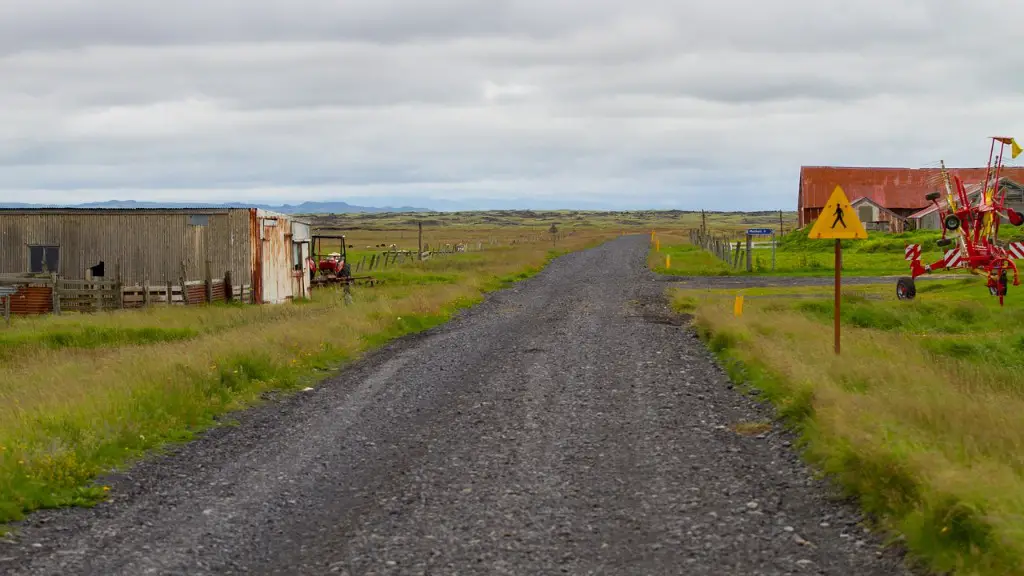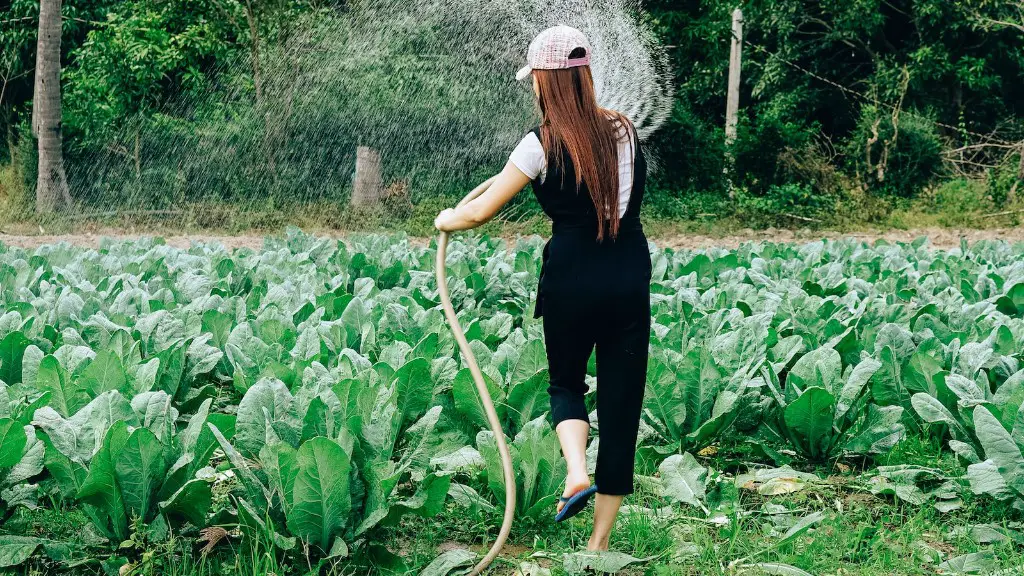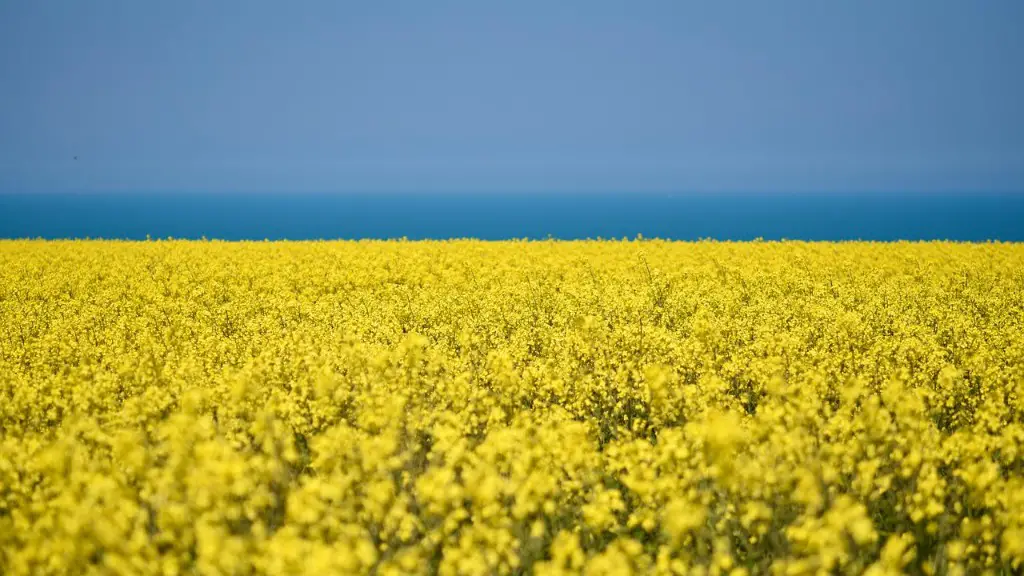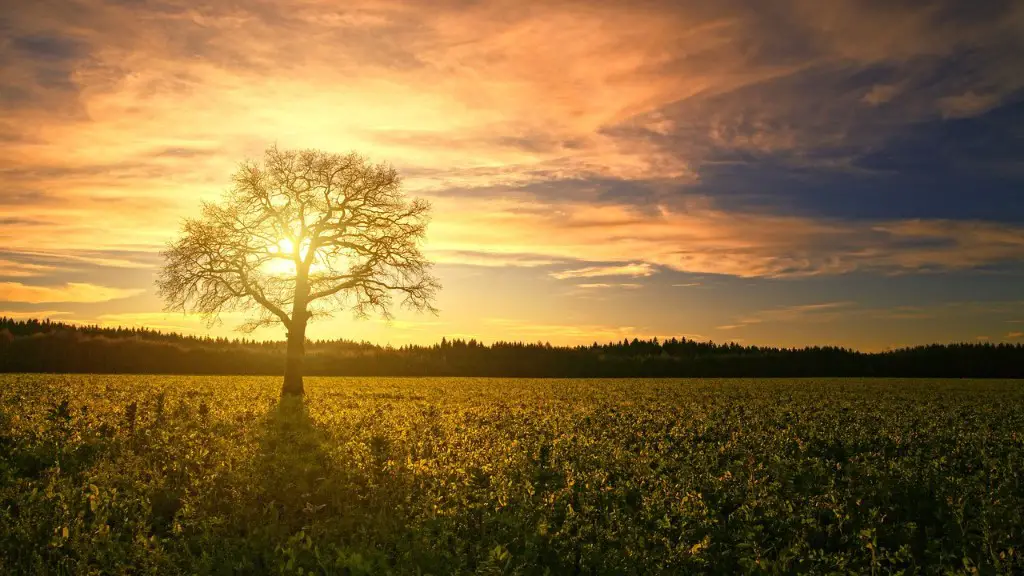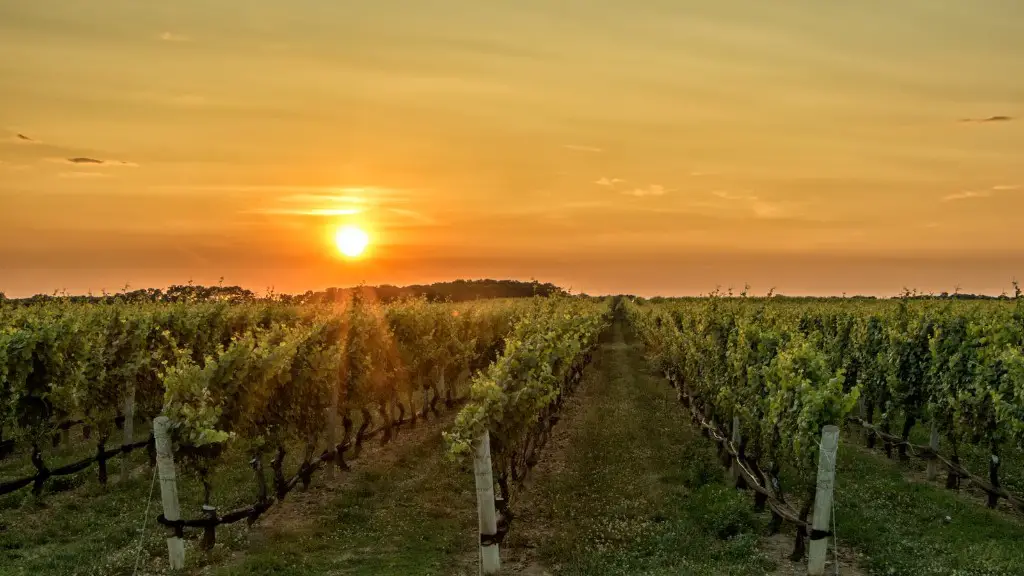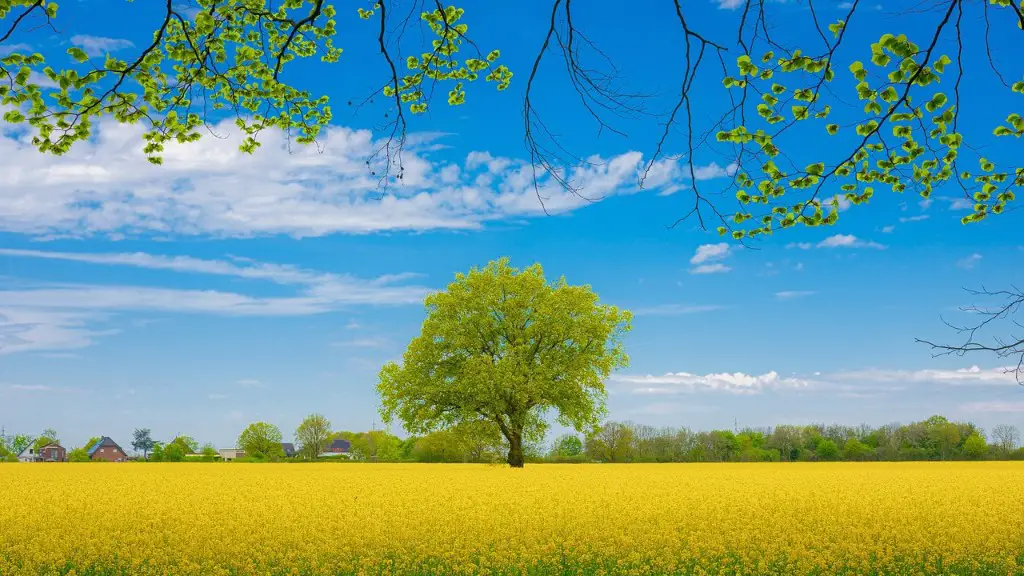Water is wasted in agriculture through a variety of ways, including irrigation, crop production, and livestock. agriculture accounts for about 70% of the world’s freshwater withdrawals, making it the largest water user. Withdrawals for irrigation totaled 634 billion cubic meters in 2010, which is about 90% of all freshwater withdrawn for agriculture.
There are a number of ways water can be wasted in agriculture. One way is through leakage from irrigation systems. When irrigation systems are not properly maintained, water can leak out, making it unavailable for plants. Another way water can be wasted in agriculture is through evaporation. When water is left out in the sun or in warm conditions, it can evaporate, leaving the area dry.
What causes the most water loss in agriculture?
It is estimated that 70% of the water used by farmers is lost to the environment due to poor irrigation systems, evaporation, and overall poor water management. This is a significant amount of water that could be used more efficiently to help support agriculture. There are a number of ways to improve water management on farms, including investing in more efficient irrigation systems, using mulch to reduce evaporation, and developing better water management plans.
The USDA estimates that agriculture accounts for approximately 80% of the nation’s water use. In agriculture, water is used to grow fruits, vegetables, and raise livestock. Water is also used in agriculture for irrigation, the application of pesticides and fertilizers, and frost control.
What are three ways agriculture can pollute water
Agricultural runoff is a major environmental issue that needs to be addressed. Poorly managed animal feeding operations, overgrazing, and overworking the land can all contribute to agricultural runoff. This can lead to pollution of waterways, soil erosion, and other environmental problems.
Water-intensive crops are those that require large amounts of water to grow. This includes crops like rice, soybeans, wheat, sugarcane, cotton, alfalfa, and pasture. These crops are typically grown in areas with high rainfall or irrigation, and they require more water than other crops to produce a yield.
How does agriculture reduce water quality?
Agricultural activities have a significant impact on water quality. Nutrients and other chemicals can be released into the water environment through soil management and fertiliser application, while biological contamination can occur from microorganisms in manure. Soil erosion and runoff can also contribute to water pollution.
Soil erosion, nutrient loss, and the runoff of pesticides and other contaminants from America’s vast agricultural land base are the leading causes of water quality impairment. In order to protect our water resources, it is important to take measures to reduce these impacts. Some methods of reducing these impacts include crop rotation, contour farming, and the use of cover crops.
Does agriculture use drinking water?
Agriculture is one of the biggest users of water globally, accounting for an average of 70 percent of all freshwater withdrawals. This includes “consumptive water use”, which is the water used by crops through evapotranspiration. With the world’s population expected to grow to 9.7 billion by 2050, the demand for food will increase, putting even more pressure on water resources. Agricultural water use is already a major stressor on freshwater ecosystems and this is expected to increase in the future. It is therefore essential that we find ways to increase water efficiency in agriculture.
The two major sources of water pollution are wastewater and saline water. Wastewater comes from domestic, municipal, and industrial use, while saline water comes from groundwater, drainage, and surface sources. Both of these sources can contain harmful pollutants that can contaminate the water supply.
How can we save water in agriculture
Farmers are constantly looking for ways to save water and be more efficient with their irrigation. Here are ten ways they are doing just that:
1. Drip irrigation – Drip irrigation systems deliver water directly to a plant’s roots, reducing the evaporation that happens with spray watering systems.
2. Capturing and storing water – Many farmers are now capturing rainwater and snowmelt to use for irrigation. They are also using irrigation scheduling to make the most efficient use of the water they do have.
3. Drought-tolerant crops – Crops that are tolerant of drought conditions are being planted more and more. This helps to reduce the amount of water needed for irrigation.
4. Dry farming – Also called zero tillage or minimum tillage, dry farming is a method of farming that uses little to no irrigation.
5. Rotational grazing – Rotational grazing is a method of livestock management that involves moving animals to fresh pasture regularly. This helps to reduce the amount of water needed to keep the pasture green.
6. Compost and mulch – Using compost and mulch helps to reduce evaporation and keep moisture in the soil.
7. Cover crops –
There is a growing body of evidence that many irrigation practices are unsustainable and are contributing to environmental degradation. In particular, when irrigation water consumption exceeds local renewable water availability, it can lead to groundwater depletion. This is an issue of increasing concern, particularly in areas where water availability is already limited.
There are a number of ways to address this issue, including better irrigation management and more efficient irrigation technologies. However, it is clear that more needs to be done to ensure that irrigation practices are sustainable in the long term.
What are 4 sources of agricultural water?
Irrigation water is critical for agricultural production, as it is used to water crops. The main sources of irrigation water are groundwater from wells, surface water, drainage ponds, rain, and municipal water.
Groundwater from wells is the most common source of irrigation water, as it is readily available and typically requires no special treatment. Surface water, such as from lakes and rivers, is another common source, but it may require treatment to remove sediment and other contaminants. Drainage ponds are another option, but they may contain elevated levels of salts and other pollutants that can damage crops. Finally, rain and municipal water may also be used for irrigation, but again, rainwater may need to be collected and stored, and municipal water may require treatment.
This is a major environmental concern because it can lead to the contamination of our water supplies.
Is agriculture the main cause of water pollution
Agriculture is the biggest source of water pollution, according to a new global review. Nitrate from farming is the most common chemical contaminant found in groundwater aquifers.
The study, published in the journal Science, analyzed data from over 2,000 sites in 48 countries. It found that agriculture is the leading source of water pollution, responsible for 66 percent of all sites where contamination was measured.
Human settlements and industry are also major sources of water pollution, but the study found that their impact is less widespread than agriculture. In fact, just 5 percent of sites measured had pollution from human settlements, and 3 percent had pollution from industry.
The study highlights the need for better management of agricultural land to reduce water pollution. This includes things like using less fertilizers and pesticides, and planting cover crops to reduce runoff.
Agricultural wastes are generated from a variety of sources, including crop production, livestock husbandry, and forestry. While some of these wastes can be used as a resource (e.g. crop residues for livestock feed, sawdust for fuel), others need to be managed in order to prevent environmental pollution and public health risks.
What types of waste are associated with agriculture?
Pesticide and fertilizer containers, construction and demolition material, ornamental or landscape vegetation, and any other material produced in the packaging or processing of agricultural products are all potential sources of agricultural pollution. Proper management of these materials can help reduce the risk of pollution to our air, water, and soil resources.
The majority of freshwater withdrawals are for agricultural purposes. The water is used for irrigation, to apply pesticides and fertilizers, and to sustain livestock. Further along the value chain, water is used for food preservation and processing.
Conclusion
There are a number of ways water can be wasted in agriculture. One way is by over-irrigating crops. This can happen if farmers try to get maximum yield from their crops and water them more than necessary. This can lead to water runoff, which wastes water and can lead to pollution problems. Another way water is wasted in agriculture is by using inefficient irrigation methods, such as flood irrigation. This type of irrigation often leads to evaporation and seepage, which means a lot of water is wasted. Finally, water can be wasted in agriculture by using too much water for crop washing or other farm activities. If water is used inefficiently on the farm, it can have a negative impact on the local water supply and lead to water shortages.
The water is wasted in agriculture by the production of crops and the raising of livestock. The process of photosynthesis requires a lot of water to produce the food that we eat. The raising of livestock also requires a lot of water to keep them healthy and hydrated.
